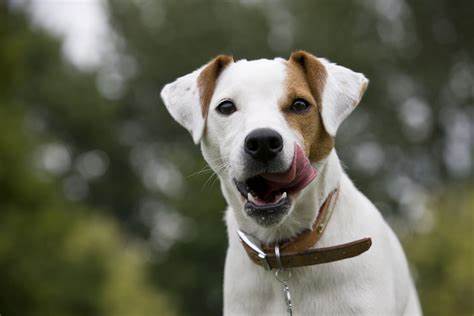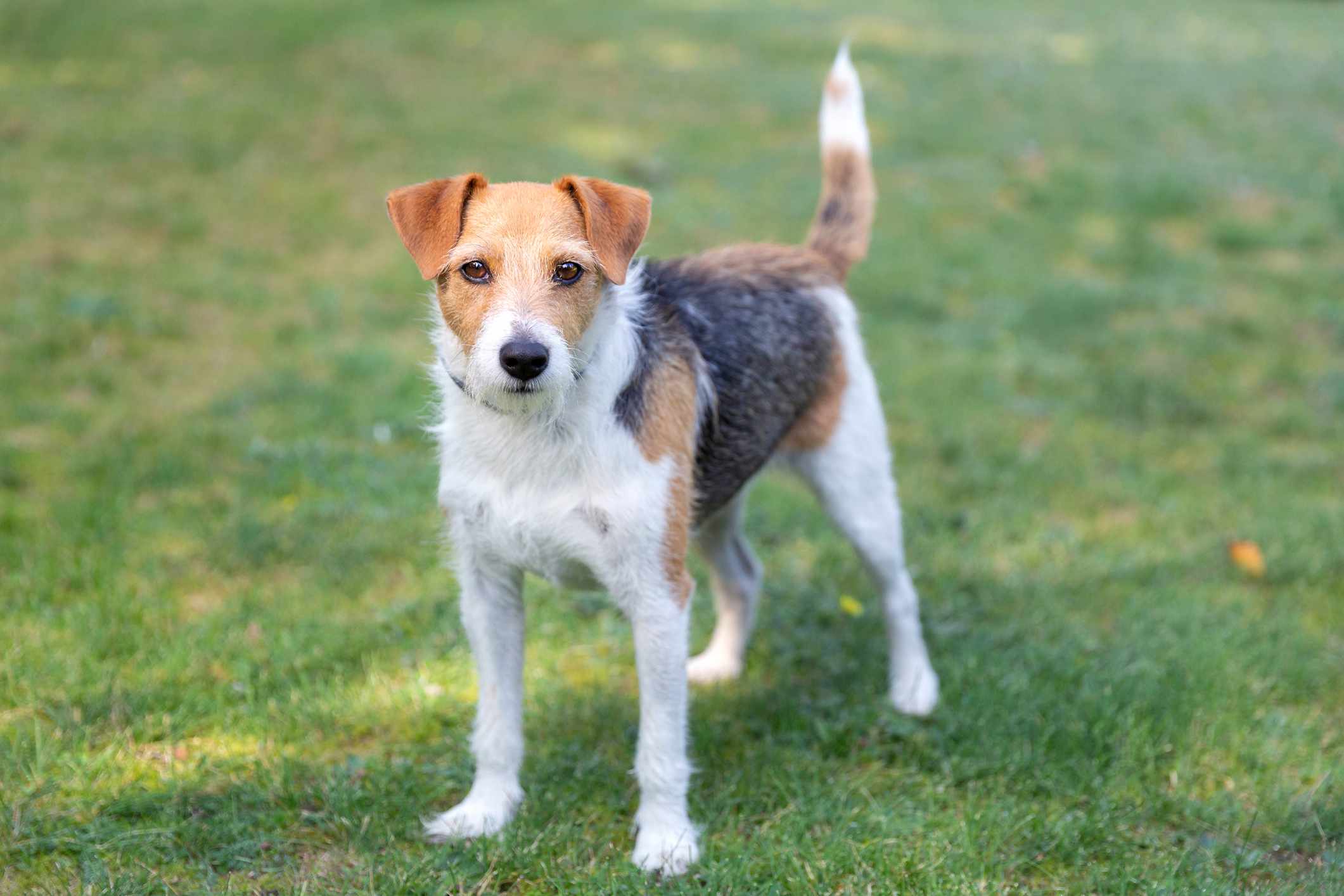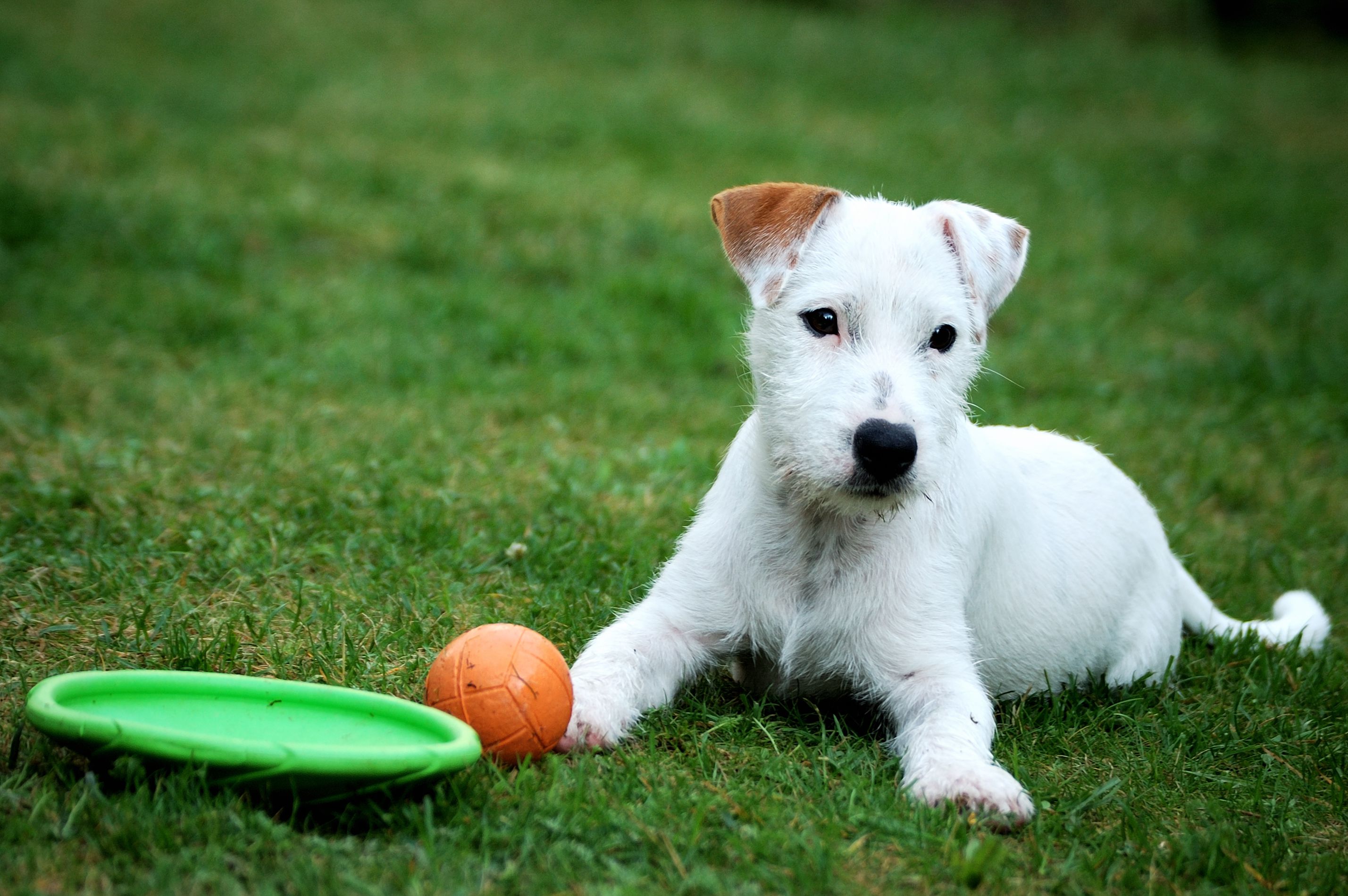
The Parson Russell Terrier has its origins in early 19th-century England, where it was developed by Reverend John “Jack” Russell, a hunting enthusiast and clergyman. Reverend Russell aimed to create a fox-hunting terrier that could chase game through dense underbrush and follow it underground when needed. The dog he bred was agile, fearless, and energetic—perfect for bolting foxes from their dens.
Initially considered a strain of the Fox Terrier, the breed eventually developed its own identity. By the late 20th century, breeders and enthusiasts pushed for recognition of the Parson Russell Terrier as distinct from the Jack Russell Terrier, which is similar but typically shorter and more varied in appearance. The American Kennel Club officially recognized the Parson Russell Terrier in 1997.
The Parson Russell Terrier enjoys steady popularity, particularly among those who love an energetic, intelligent dog with a bold personality. Although it’s often overshadowed by its shorter cousin, the Jack Russell Terrier, the Parson Russell has a devoted following among terrier enthusiasts and families looking for a lively, loyal companion.
Its reputation as a trainable yet feisty dog makes it well-suited for canine sports, hunting, and active households.
The Parson Russell Terrier is built for agility, speed, and endurance, with a classic terrier look that’s both athletic and alert.
Coat:
Smooth or broken (slightly rough with longer guard hairs), always dense and weather-resistant.
Color:
Primarily white with black, tan, or tricolor markings. This white coloring helped hunters spot the dog in the field.
Size:
• Height: 12–15 inches (30–38 cm)
• Weight: 13–17 pounds (6–8 kg)
Build:
Square in outline with a deep chest, straight legs, and a level topline. Compact but strong and agile.
Head and Face:
Moderate-length muzzle, black nose, and almond-shaped dark eyes. The expression is alert and intelligent.
Tail:
Typically set high and carried upright, docked in some countries.
The Parson Russell Terrier is known for its vibrant personality, keen intelligence, and unwavering enthusiasm for work and play.
Fearless and Energetic:
Loves to explore, chase, and dig. Needs outlets for its high energy and prey drive.
Loyal and Affectionate:
Bond strongly with their families and enjoy being included in everyday life.
Highly Intelligent:
Quick learners that excel in training—but their independent nature can lead to mischief if not kept mentally stimulated.
Alert and Vocal:
Good watchdogs due to their sharp senses and willingness to bark at new sights and sounds.
Gets Along with Others—With Socialization:
Can get along with other dogs, but early socialization is crucial. Their strong prey drive makes them unreliable around small pets like rodents or rabbits.

Energetic Companion:
Great for active individuals or families who enjoy running, hiking, or playing outdoors.
Trainable and Sporty:
Excel in agility, obedience, and flyball competitions. They love having a job to do.
Entertaining Personality:
Always up to something—funny, clever, and full of spirit.
Compact Size:
Small enough for apartment living if sufficiently exercised.
Training:
Start early and be consistent. Positive reinforcement is essential. They respond well to challenges and love mental stimulation.
Exercise Needs:
High energy levels require at least an hour of vigorous exercise per day. Playtime, long walks, or agility work are ideal.
Grooming:
Minimal grooming required. Brush weekly and bathe occasionally. Broken coats may need occasional hand stripping.
Living Space:
Adaptable to houses or apartments—but must have regular exercise and interaction. A secure yard is a plus, but not required if you meet their activity needs.
Mental Stimulation:
Puzzle toys, scent games, and training sessions help satisfy their sharp minds and keep them from becoming destructive.
Generally a healthy breed, but some health issues can arise:
• Patellar luxation
• Lens luxation and other eye conditions
• Deafness
• Allergies
Reputable breeders screen for hereditary conditions. The average lifespan is 13 to 15 years.

Compared to Jack Russell Terrier:
The Parson Russell is taller and has a more standardized appearance. Both are energetic, but Parsons tend to have slightly more refined features and a more square build.
Compared to Fox Terrier:
Fox Terriers are similar in temperament but often more intense. Parson Russells tend to be a bit more balanced and easier to manage in family settings.
Compared to Border Terrier:
The Border is more relaxed and less intense in terms of prey drive. The Parson Russell is more demanding of time and attention.
Choose a Parson Russell Terrier if:
• You want a smart, energetic, and trainable dog
• You have an active lifestyle and enjoy being outdoors
• You can commit time to mental stimulation and training
• You appreciate a dog with a bold, fearless personality
Not Ideal For:
• Sedentary households
• Owners who don’t have time for daily exercise and engagement
• Families with very small pets or young children (without supervision and training)
The Parson Russell Terrier combines the classic tenacity of a working terrier with the intelligence and charisma of a modern companion. Spirited and sharp, it’s a breed that thrives with structure, activity, and love. For those willing to match its energy and wit, the Parson Russell offers years of loyalty, adventure, and heartwarming moments.